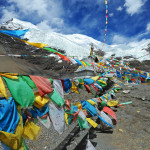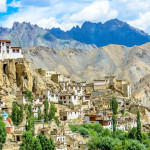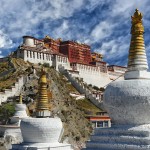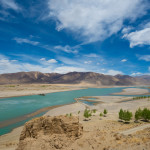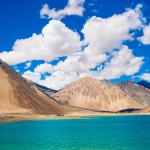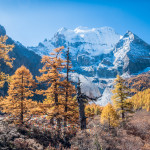Everest Base Camp Trek Packing List
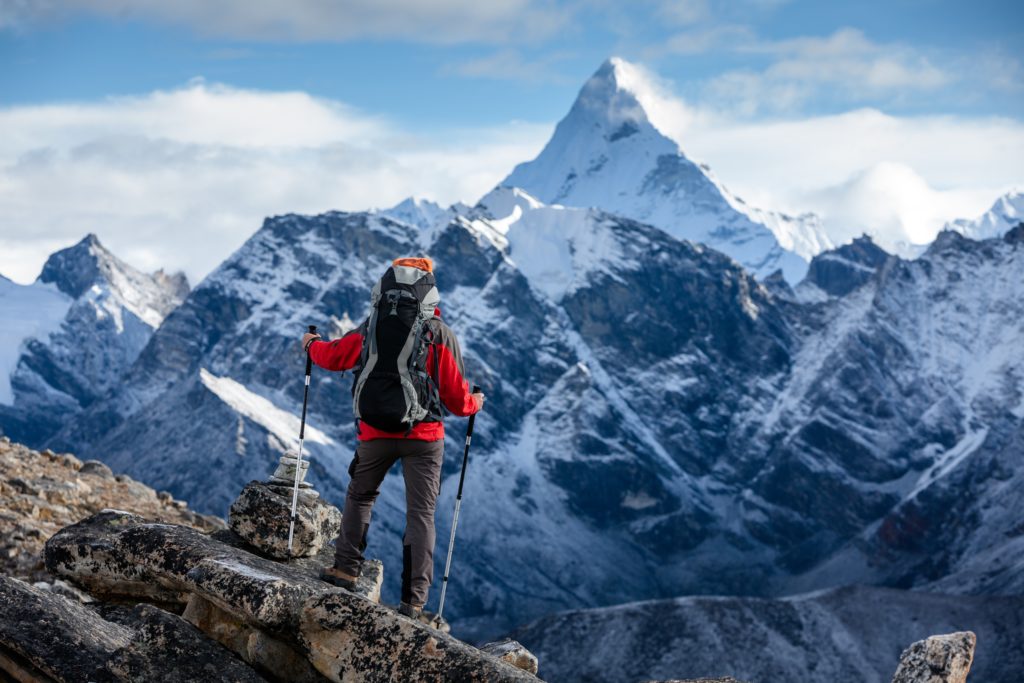
What to pack for the Everest Base Camp Trek
Everest Base Camp Trek Packing List
The Everest Base Camp Trek is one of the most epic adventures you can take in Asia! Starting in Lukla, you pass through small Sherpa villages, over glacier-fed rivers and along the world’s highest mountain peaks up to the foot of Mt Everest! Remember, we will have porters carrying most of our gear. But, it is still wise to pack smart and light. Mornings, evenings and the tops of mountain passes can be very cold, so dressing in layers is a must. Read on for what you need to pack for this once-in-a-lifetime adventure.
NOTE: Links are for reference only; you do not have to get the exact items in the links.
Documents
- Passport: Make sure that your passport has at least 6 months of validity remaining AND has at least 1.5 pages remaining for your Nepal visa. Your Nepal visa can be obtained quick and easily upon arrival to Kathmandu. The cost of a Nepal visa is $50 USD for a 30 day visa or $125 USD for a visa valid up to 90 days. Please note that the cost of the Nepal visa is not included in your journey cost.
- Passport Copies: Be sure to have 3 color copies of your passport.
- Passport Pictures: Have 4 color passport-size pictures.
- Travel Insurance: Be sure to email us a copy of your travel insurance policy and keep another copy for yourself.
- COVID Immunization Card: Keep this in a protective, waterproof bag/holder.
Headwear
- Brimmed or baseball style hat: The sun can be intense at high altitude and can cause a sunburn quickly. A baseball-style hat with a bill will help protect your face from sunburn. A brimmed-style hat is best as it gives added protection to your neck, as well as your face.
- Winter Beanie/Toque/Cap: Mornings and evenings can be cold. Having a good winter hat is essential.
- Buff/Neck Gaiter: A neck gaiter will give added protection against the sun and help cover your mouth in case we hit spots on the trail that are a little dusty.
- Headlamp: There will be a few early morning which may require a headlamp. Plus, a headlamp is nice for walking around villages after the sun goes down. Be sure to carry at least 4 sets of extra batteries.
- Sunglasses: A good pair of sunglasses is absolutely essential. The sun is extremely bright and strong in October, so having glasses that are polarized is even better. Do yourself a favor and don’t buy cheap $10 sunglasses!
Upper-body Clothing
- Thermal Base Layer Top: It is always best to dress in layers. In the mornings, it may start out cold, but by late morning the high altitude sun can make it feel like mid summer! Be sure to pack a thermal base layer top. I usually only bring one base layer top.
- Moisture-Wicking T-shirts: For this trek, I suggest avoiding cotton T-shirts. A wicking T-shirt will be a much better option. I recommend bringing at least 2 or 3 short sleeved t-shirts, as well as 2 long-sleeved t-shirts.
- Fleece Sweater: Nothing beats a good fleece! You really only need to bring one of these.
- Waterproof Jacket: Though it is unlikely to rain, it is still best to be prepared in case it does. This is the waterproof jacket that I have.
- Down Puffy Coat: Again, the mornings, evening and tops of mountain passes can be very cold. Having a good down coat, of at least 600 fill down, is essential. Want to support a good, Sherpa-owned company? Check out my buddies at Himali.
- Sports Bras for Women
- Mid-weight winter gloves
Lower-body Clothing
- Thermal Base Layer Bottom: A pair of base layer bottoms are a must. Even if you don’t wear them during the day, they are nice to wear when you sleep. Just one pair is fine.
- Breathable Hiking Pants: I recommend bringing 3 or 4 pairs of breathable hiking pants. The types with the side-zippers are good, as are the types that “zip off” and convert to shorts.
- Fleece Pants or Pajamas: A pair of these is recommended for the evenings in our lodges and guesthouses.
- Waterproof Hiking Pants: Again, it is unlikely to rain on our trek, but it is always best to be prepared in case it does. Be sure to include one pair of waterproof trekking pants.
- Underwear: I recommend bring at least 6 to 8 pairs of underwear that will not easily cause chafing. Avoid cotton.
- Shorts: Bringing shorts is up to you. I’ve had clients from Edmonton, Canada who thought that -10ºC/14ºF was “warm” and I’ve had clients from Singapore who thought that 18ºC/65ºF was “freezing”. I don’t normally trek in shorts, but if you want to bring a pair, that’s fine.
Footwear
- Broken-in hiking boots/shoes: Your choice of footwear is absolutely essential for this trek. We will be covering some serious ground and making sure you have good, comfortable footwear will ensure your experience is a positive one! Be sure that your hiking boots are broken in. Don’t be a rookie and show up with brand new, straight-out-of-the-box hiking boots (If you do, there will be a $100,000 USD fine paid directly to me, haha). I normally bring two sets of hiking footwear. I bring a pair of low-top hiking shoes, as well as a pair of high-top hiking boots. I recommend La Sportiva, Scarpa, or Asolo (yep, the Italians make the BEST hiking boots/shoes). If you have questions about a pair of boots/shoes, let me know. Please DO NOT show up with a pair of La Sportiva 8000 meter boots. Haha, we will save those for a summit attempt next year!
- Flip-flops, Crocs, Booties, etc: Be sure to bring a pair of footwear to be worn after a long day of trekking. I personally hate Crocs, but I know many trekkers and climbers love wearing them after a long day on the trail. I like to wear either a pair of flip-flops or a pair of insulated booties. Some people bring a pair of comfortable Nike-style running shoe, which is also fine.
- Synthetic or Wool Socks: I recommend bringing at least 6 to 8 pairs of synthetic or wool socks to be used while trekking. Do not wear cotton socks while trekking.
- Cotton Socks: Wait, didn’t I just write to not wear cotton socks?? Yeah, bring 2 or 3 pairs to be worn when we are at the lodge/guesthouses (and not while we are trekking).
- YakTrax: Do not bring crampons for this trek, but I do recommend bringing a pair of YakTrax (or similar brand) in case we hit some icy spots on the high passes.
- Gaiters: I do not recommend bringing gaiters for this trek as we will be going during the dry season.
Trekking Gear
- Trekking Poles: Bring a pair of lightweight, retractable trekking poles.
- Travel Duffel Bag 80 to 100L: You will use this style of duffel bag to travel internationally and this will be the bag that your porter will carry during the trek. I highly recommend getting the type that has straps that can be used to carry it like a backpack, for our porter’s sake.
- Day Backpack 30L to 35L: This will be the backpack type that you will be carrying each day during the trek. It will hold your snacks, drinking water, puffy coat, personal first aid kit and other things you will need during the trek.
- Sleeping Bag: The key here is warm, yet small and lightweight. Do not bring a car-camping type sleeping bag that can be very bulky and weigh 10 lbs/5 kgs!. The guesthouses we will be staying at almost all have blankets, but there is no heating. It will get cold in the evenings. This link has some suggestions. I personally use this sleeping bag for this trek.
Trekking Accessories
- Garbage Bags: Bring at least two of these in case it rains (again, unlikely it will rain). If it rains, you can place the items in your backpack and duffel in garbage bags for added waterproof protection.
- 1 Liter/32 Ounce Nalgene Bottle: Carry this water bottle (or similar style) on you for drinking water during the trek and at the guesthouse.
- Water Bladder: A 2L or 3L Camelbak-type water bladder will be filled each morning before we set out on our trek.
- Stuff Sacks: I suggest bringing at least 2 stuff sacks to keep things organized during the trek.
- External Battery Pack: Electricity is limited in the Everest region and charging phones, camera, etc is NOT free. Nearly all lodges/guesthouses will charge you around $4 USD to $10 USD to charge items. I highly recommend bringing a travel-approved external battery pack so you can charge your cell phone multiple times.
Personal and Toiletry Items
- Over-the-counter pain medication: You will likely be a little sore at the end of the day during the early stage of our trek. I recommend bringing whatever over-the-counter, non-prescription pain relief tablets that you normally use.
- Blister Kit/Personal First Aid Kit: Even worn-in trekking boots can sometimes cause hot spots or even blisters. Bring your own blister kit/First aid kit, including mole skin, band-aids and anti-septic cream to treat any blisters you may get.
- Antibiotics: Talk to your doctor about getting an antibiotic prescription for diarrhea, respiratory tract infections or abdominal infection.
- Diamox/Acetazolamide: Diamox can help your body adjust quicker with acclimatizing to high altitude. Talk to your doctor about a prescription for this.
- Aquamira Water Treatment or Steri-Pen (or similar): These are to be used to treat water for drinking. I have used both Aquamira and a Steri-Pen and trust them.
- Ear plugs: You will likely have a roommate during this trek. Your roommate, as nice as they may be, likely will snore. Rather than kill your roommate (which is frowned upon…..it means A LOT of paperwork for me), bring a few sets of ear plugs.
- Prescription Medications: Be sure to take enough of the prescription medications that you are currently taking. Please do not bring any illegal narcotics. That also is frowned upon.
- Sunscreen: Bring sunscreen that is at least 50 SPF or more.
- Lip sunscreen: Don’t forget this! One of the worst sunburns you can get is on your lips. One time, back in 2000, I was snowboarding down Mt Shuksan and……you know what? I’ll save that story….
- Wet Wipes: Some of the guesthouses do have showers for a fee, but not all of them. I recommend bringing at least one large pack of wet wipes. Some of you are going to get REALLY smelly on this trek.
- Toothbrush/Toothpaste
- Hand sanitizer
- Travel size soap
- Deodorant
- Feminine Hygiene Items: Please do not ask me for advice on this one.
- Contact Lenses and Solution
- Quick drying towel: For showers. Towels will not be provided.
- Few Roles of Toilet Paper
- Electrolyte Powder: Read this link to see why they are important.
- Trekking Snacks: All meals will be provided for this trek, however, you will be responsible for snacks between meals.
- Cash for souvenirs and tips: More details on this will be sent approximately 90 days before our trek begins.
NOTE: You should be able to get ALL of the above items for less than $1 million USD. Just kidding! Most of you should have a lot of the items listed above.
If you have any questions on what to bring, please email us. We are excited to experience this adventure with you!

 Everest Base Camp Trek Packing List
Everest Base Camp Trek Packing List  How to Book a Journey
How to Book a Journey  Top Places to Visit in Kathmandu
Top Places to Visit in Kathmandu  Nepal Travel Information
Nepal Travel Information  Tibet
Tibet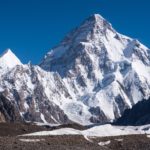 Pakistan
Pakistan Nepal
Nepal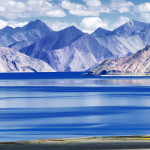 India
India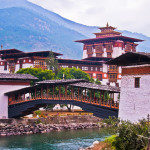 Bhutan
Bhutan October 2024 Nepal Everest Base Camp Trek
October 2024 Nepal Everest Base Camp Trek 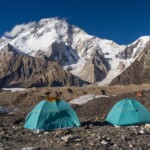 July 2025 Pakistan Broad Peak Climbing Expedition
July 2025 Pakistan Broad Peak Climbing Expedition 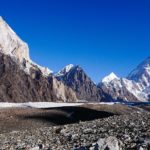 June 2025 Pakistan K2 Base Camp Trek
June 2025 Pakistan K2 Base Camp Trek 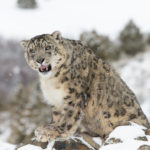 September 2025 Tibet Snow Leopard Expedition
September 2025 Tibet Snow Leopard Expedition 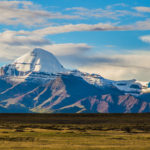 June 2025 Tibet Everest and Kailash Trek
June 2025 Tibet Everest and Kailash Trek 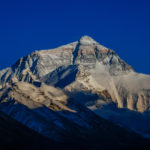 April 2026 Overland from Lhasa to Everest and Kathmandu
April 2026 Overland from Lhasa to Everest and Kathmandu  2025 Mount Everest Adventure
2025 Mount Everest Adventure 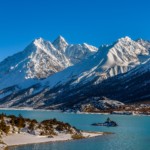 2025 Tibet Tours
2025 Tibet Tours 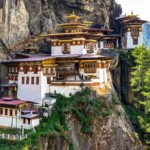 2025 Bhutan Tours
2025 Bhutan Tours 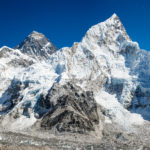 2025 Nepal Everest Base Camp Trek
2025 Nepal Everest Base Camp Trek 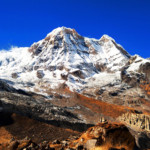 2025 Nepal Annapurna Base Camp Trek
2025 Nepal Annapurna Base Camp Trek 
